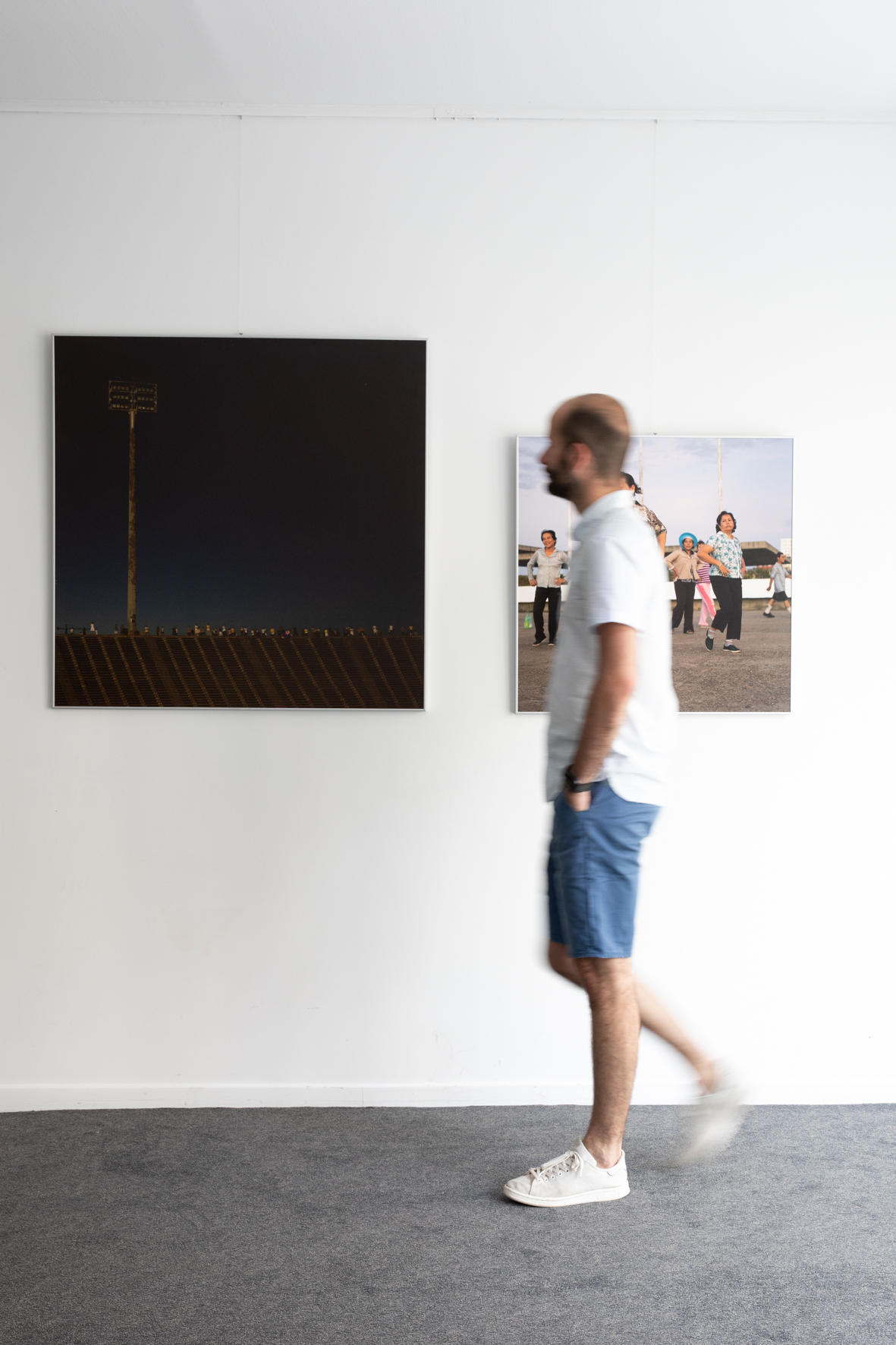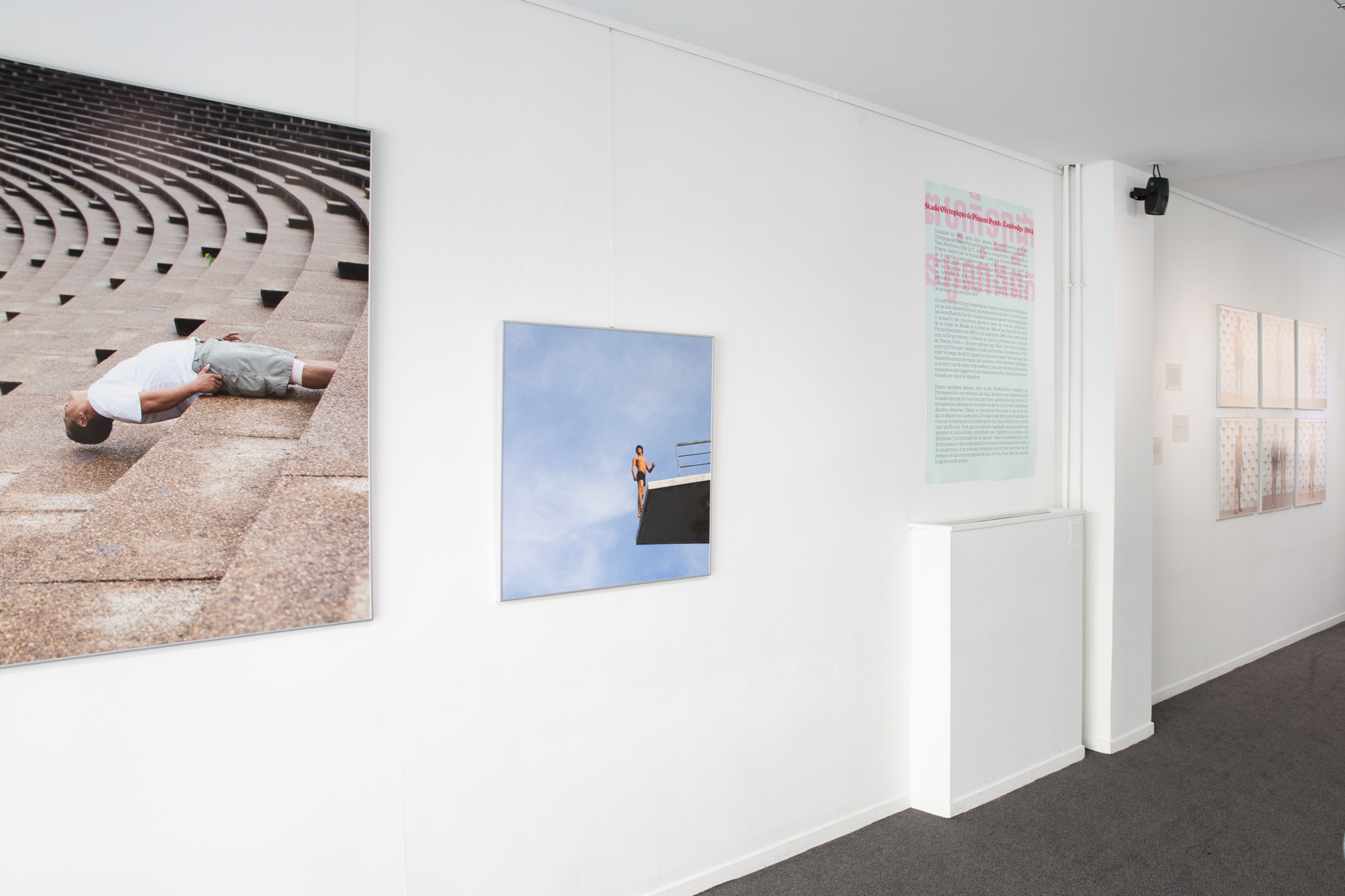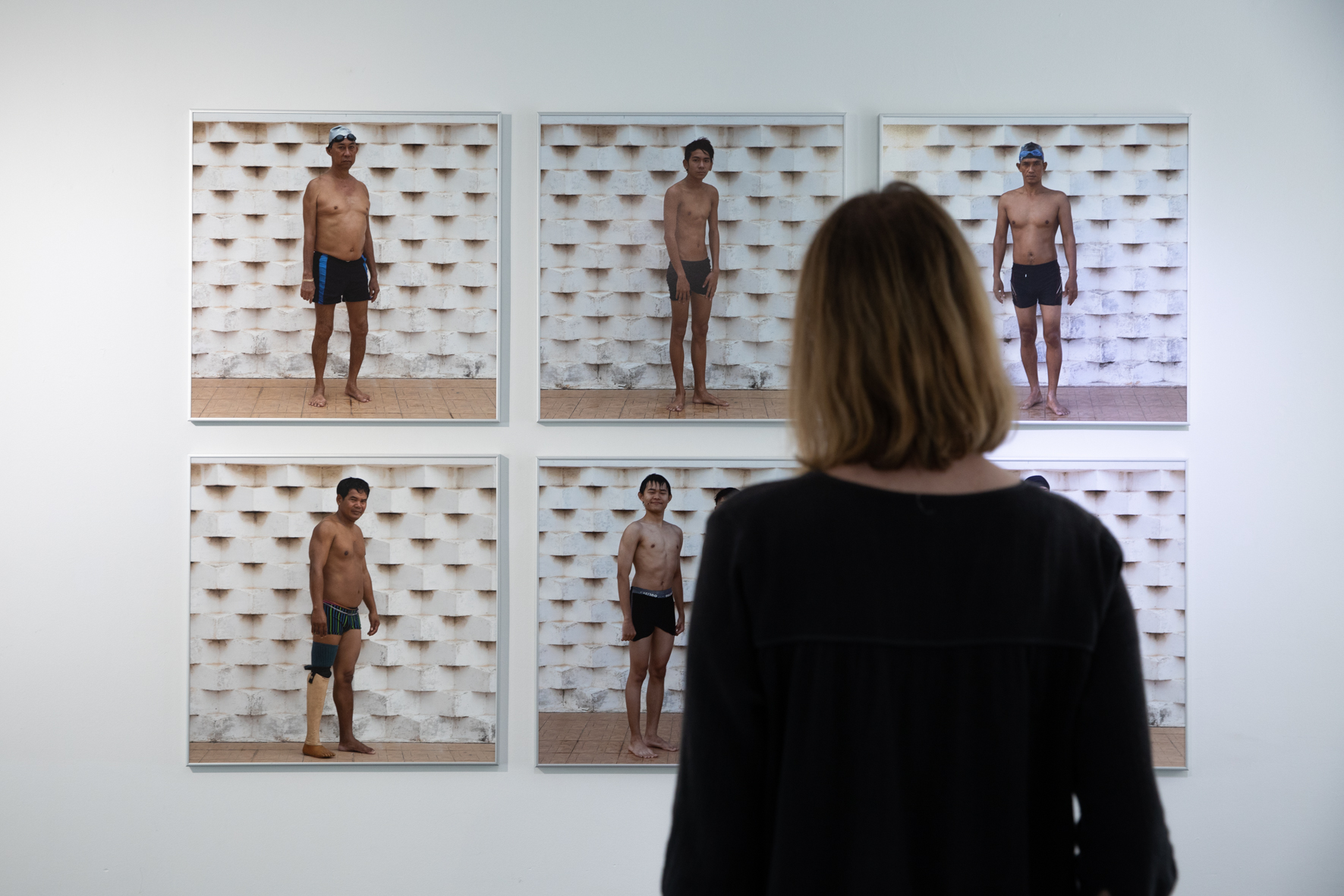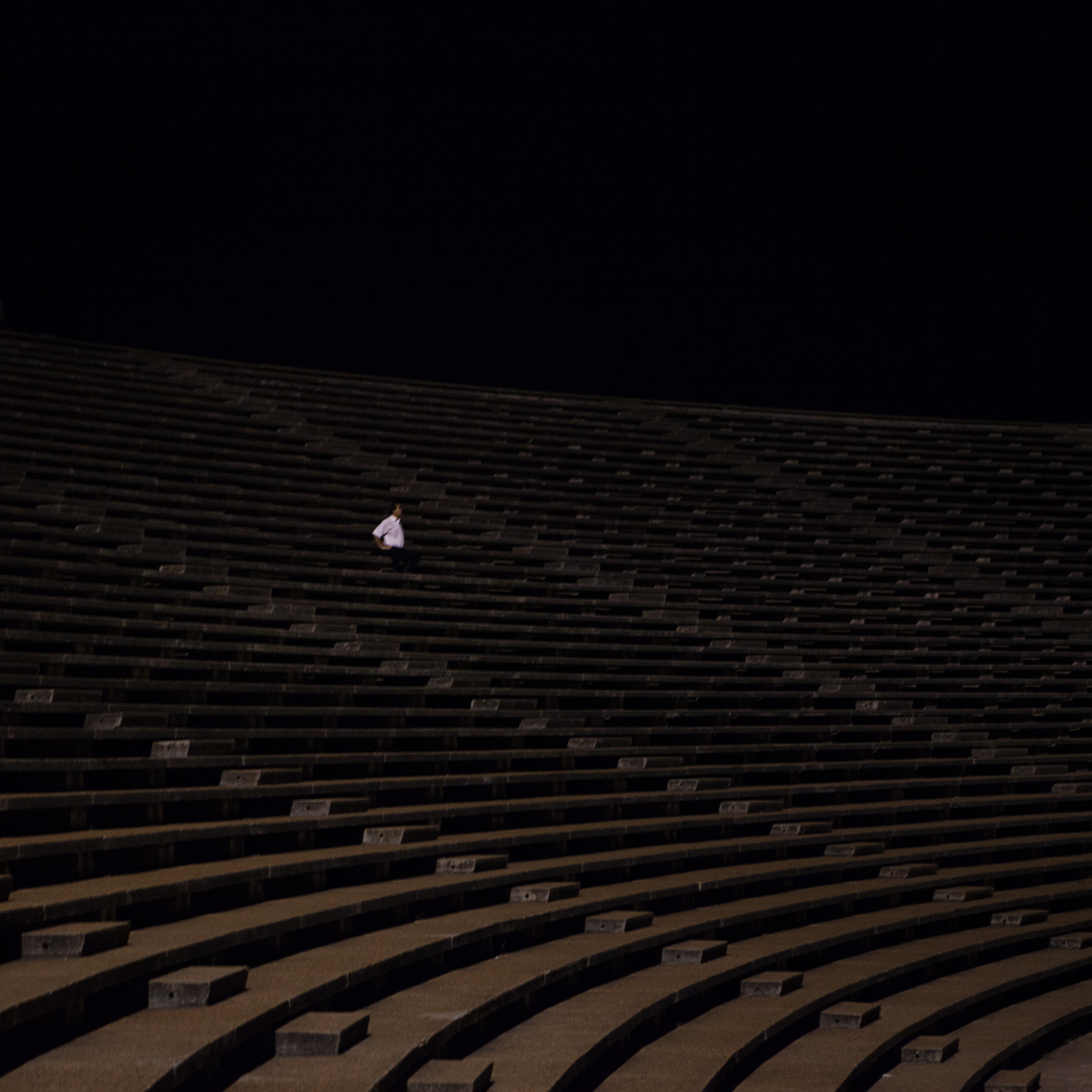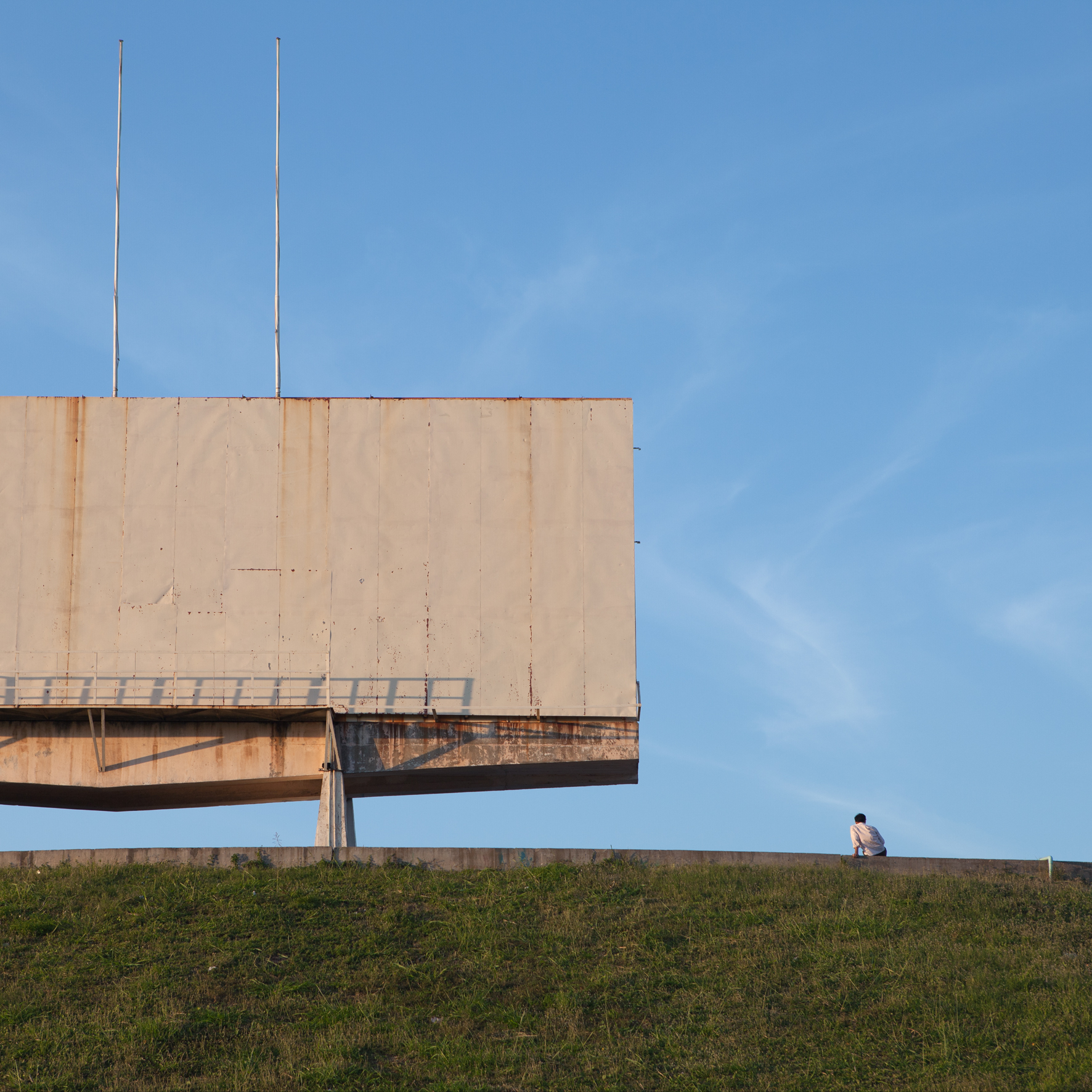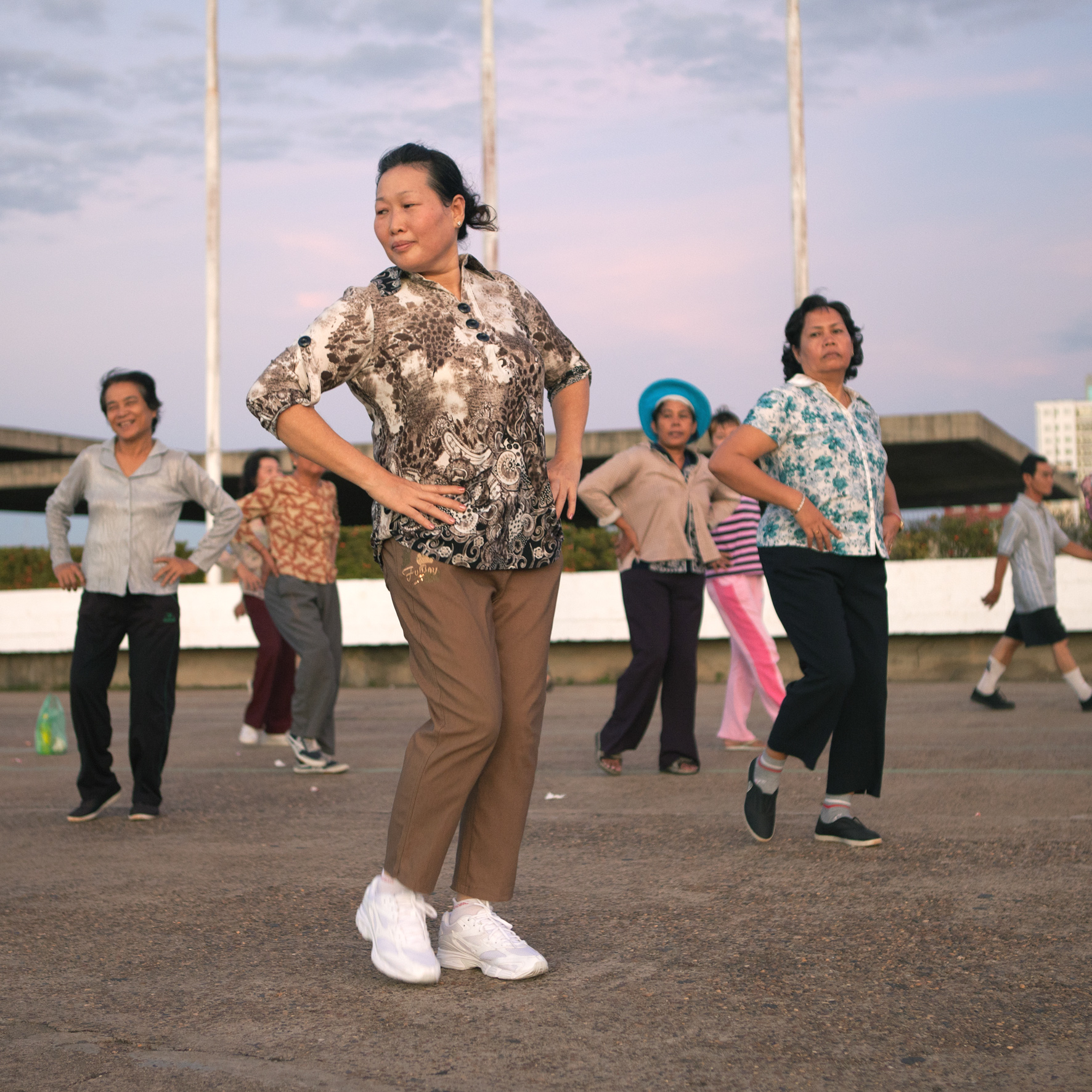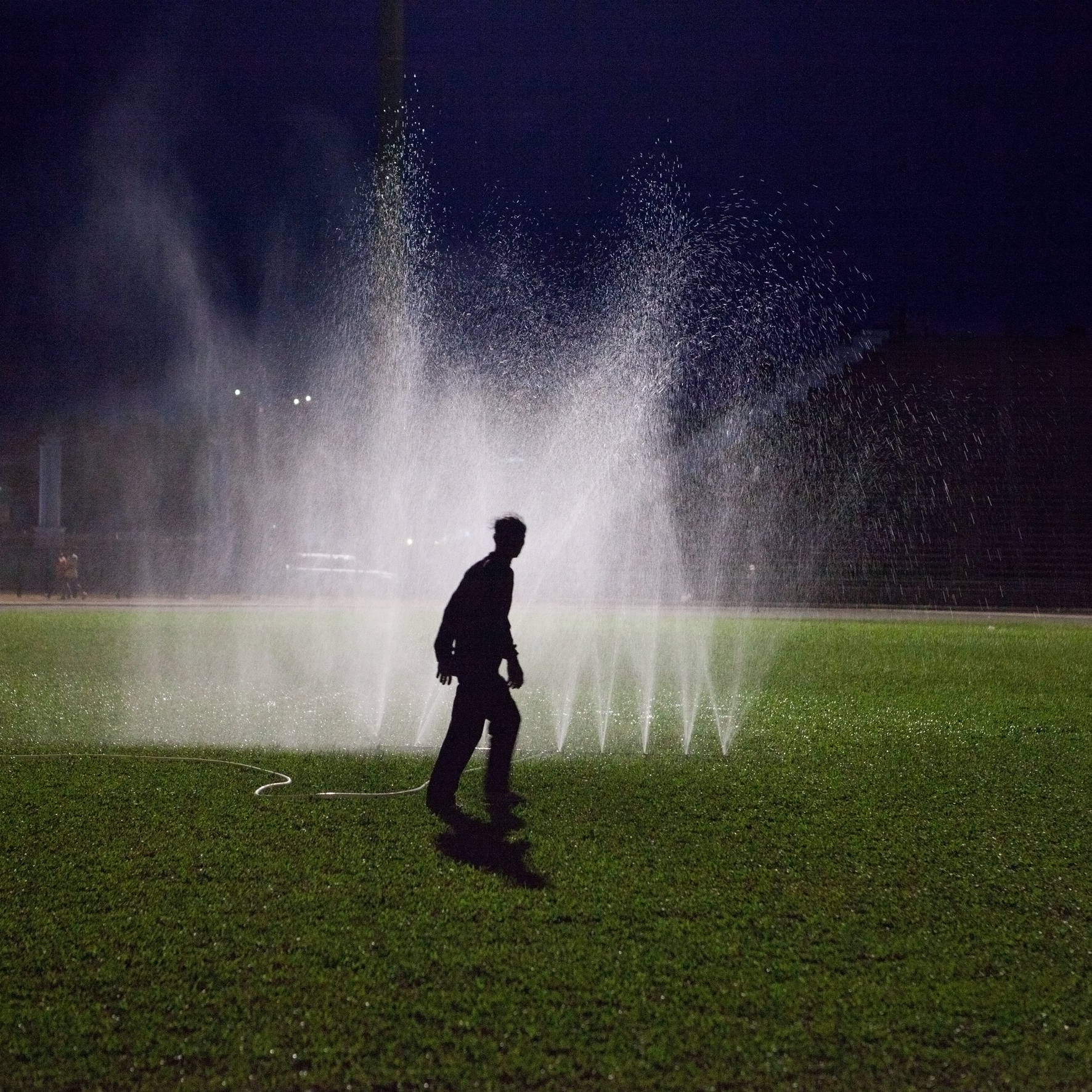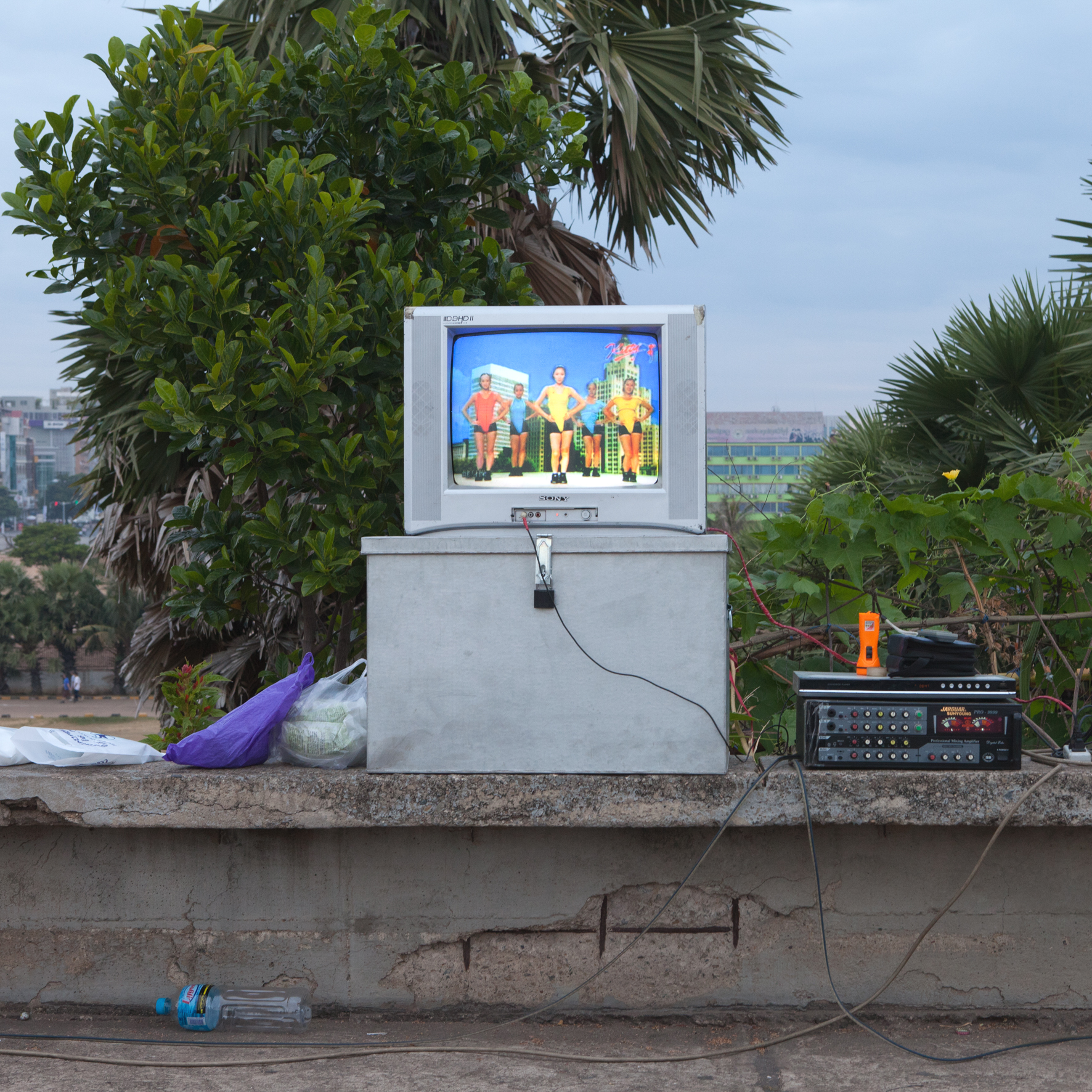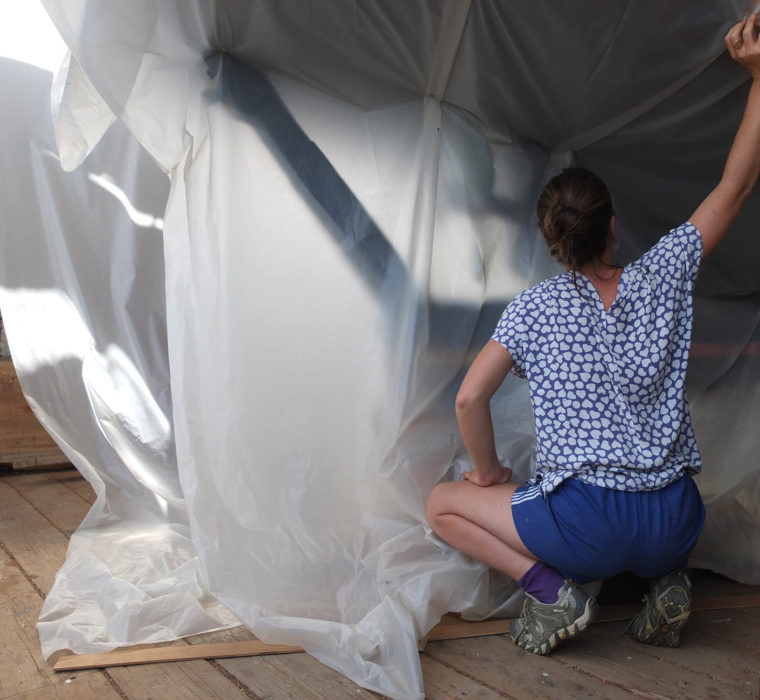Olympic Stadium
Artist Marion Gambin
Olympic Stadium
Artist Marion Gambin
Emblematic of an architecture currently threatened, Phnom Penh’s Olympic Stadium crossed several key historical periods of Cambodia. It has significantly become one of the preferred public space areas of the capital’s inhabitants —a place of expression and unique appropriation, un-transposable. Behind its monumental facade a ‘micro-wolrd’ unveils. Marion Gambin explores how the historically —memorially— loaded building is used nowadays. Delicately, she entices us to consider it a character apart who rocks generously those who visit it.
Emblematic of an architecture currently threatened, Phnom Penh’s Olympic Stadium crossed several key historical periods of Cambodia. It has significantly become one of the preferred public space areas of the capital’s inhabitants —a place of expression and unique appropriation, un-transposable. Behind its monumental facade a ‘micro-wolrd’ unveils. Marion Gambin explores how the historically —memorially— loaded building is used nowadays. Delicately, she entices us to consider it a character apart who rocks generously those who visit it.
Fascinated by the close relationships maintained by men with their environments —built as natural— the photographer deciphers the functioning of given territories, their own rules and the ecosystems they generate. If she likes to discover the facets that make up these universes, it is not the dissection of pure and isolated objects that guides her practice. On the contrary, the nodal point of her approach is the human component, infusing life in the places it invests, lives or crosses. It is the human who gives relief to the material, imprinting a particular vibration. Marion Gambin often approaches circumscribed spaces, floating almost out of the world in a singular temporality. This form of insularity, with real boundaries, allows the emergence and the invention of specific forms of being and acting. Olympic Stadium (2011), amongst her first series, contributes to this quest.
The shots of Olympic Stadium resonate with subtle melancholy as the existence of the stadium is continually jeopardised. Marion Gambin, sensitive to the unequaled aura of this Phnom Penh’s haven, plays on the notions of interstice and border. Oscillating from dawn to sunset, she reveals the gap between the city ’s swarm and the intrinsic order of the stage. For the photographer, time has, indeed, another consistency: it is the sun that dictates its rhythm to the stadium, a seemingly return to an archaic cadence. If her practice allures as documentary, her language is far from being descriptive. It is marked by the search for incongruous details that act as signs of a sliding from reality to fiction. Marion Gambin reframes reality seeking what can arouse surprise in it. The micro-events she extracts imperceptibly underline the strange familiarity of parallel universes that might exist or that we may have dreamed.
Fascinated by the close relationships maintained by men with their environments —built as natural— the photographer deciphers the functioning of given territories, their own rules and the ecosystems they generate. If she likes to discover the facets that make up these universes, it is not the dissection of pure and isolated objects that guides her practice. On the contrary, the nodal point of her approach is the human component, infusing life in the places it invests, lives or crosses. It is the human who gives relief to the material, imprinting a particular vibration. Marion Gambin often approaches circumscribed spaces, floating almost out of the world in a singular temporality. This form of insularity, with real boundaries, allows the emergence and the invention of specific forms of being and acting. Olympic Stadium (2011), amongst her first series, contributes to this quest.
The shots of Olympic Stadium resonate with subtle melancholy as the existence of the stadium is continually jeopardised. Marion Gambin, sensitive to the unequaled aura of this Phnom Penh’s haven, plays on the notions of interstice and border. Oscillating from dawn to sunset, she reveals the gap between the city ’s swarm and the intrinsic order of the stage. For the photographer, time has, indeed, another consistency: it is the sun that dictates its rhythm to the stadium, a seemingly return to an archaic cadence. If her practice allures as documentary, her language is far from being descriptive. It is marked by the search for incongruous details that act as signs of a sliding from reality to fiction. Marion Gambin reframes reality seeking what can arouse surprise in it. The micro-events she extracts imperceptibly underline the strange familiarity of parallel universes that might exist or that we may have dreamed.
‘Il vient souvent ici. Presque tous les jours avant de rentrer à la maison. Il commence par en faire le tour sauf quand les sportifs ont pris d’assaut le terrain. Il lui est arrivé de se faire mettre dehors à coups de pied, alors il préfère ne pas forcer. Généralement, il commande un jus de canne à sucre. Celui dans le sachet en plastique, car ceux en bouteille sont trop chers. La dame des jus le connaît bien. Pour autant, il ne leur est jamais arrivé de se parler. Ils se saluent, c’est tout. Il aime s’installer en haut des gradins. De là, en un regard, il englobe le monde. Alors, tel un chef d’orchestre, il commande à la foule et met en mouvement les êtres pour exécuter son œuvre.’
— Quotes by Sarah M’bodji & Marion Gambin
‘Il vient souvent ici. Presque tous les jours avant de rentrer à la maison. Il commence par en faire le tour sauf quand les sportifs ont pris d’assaut le terrain. Il lui est arrivé de se faire mettre dehors à coups de pied, alors il préfère ne pas forcer. Généralement, il commande un jus de canne à sucre. Celui dans le sachet en plastique, car ceux en bouteille sont trop chers. La dame des jus le connaît bien. Pour autant, il ne leur est jamais arrivé de se parler. Ils se saluent, c’est tout. Il aime s’installer en haut des gradins. De là, en un regard, il englobe le monde. Alors, tel un chef d’orchestre, il commande à la foule et met en mouvement les êtres pour exécuter son œuvre.’
— Quotes by Sarah M’bodji & Marion Gambin
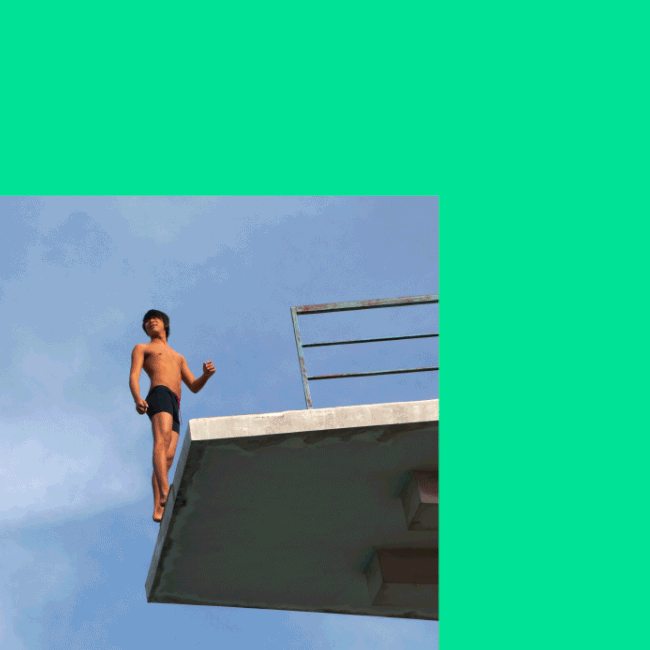
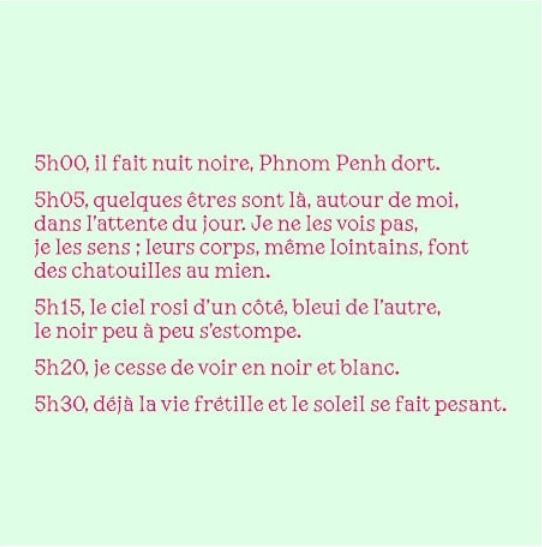
Le Patio, Paris, France
May 14-31, 2018



